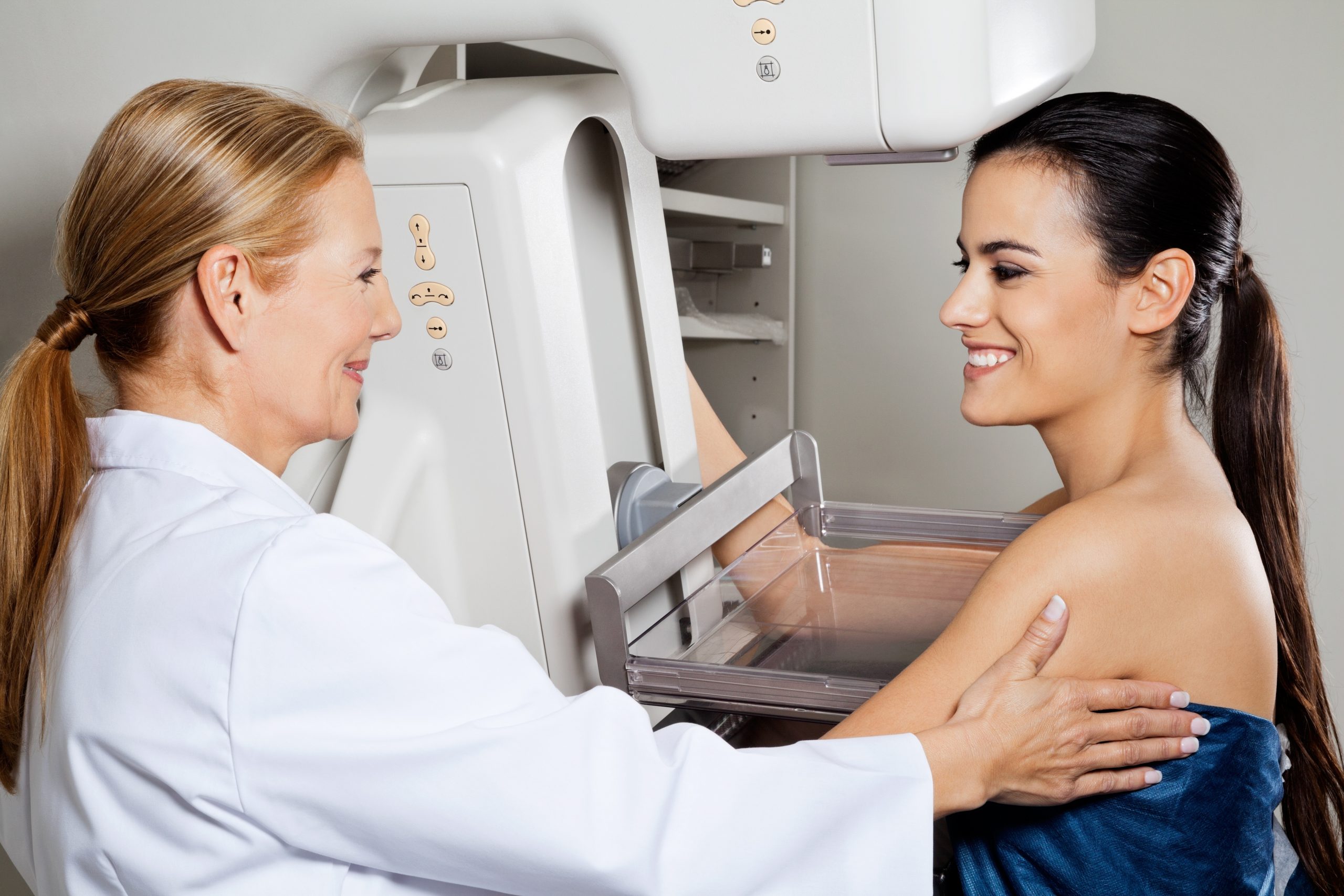
By Amber Arevalos
As women, we are in a constant state of self-care. We take our skin routines and upkeep in order, but what about cancer prevention? Lumps and bumps can make their appearance in a common cancerous area, our breast. So how do we know what to look for, and when is it time to worry? These are common questions many women search the internet to find the answers to.
Breast cysts are fluid-filled sacs that appear on the inside of the breast. These types of lumps are usually benign or noncancerous. Breast cysts are found in women under age 50. These bumps are movable, smooth and can vary in size. You might experience discharge and your breast may even feel tender. They often change size either before or after your menstrual cycle.
The Mayo Clinic states that treatment for these cysts need minimal intervention. If you choose to visit your physician you can expect to take a thorough history and physical exam that may include imaging testing. It may be a mammogram or breast ultrasound that they prescribe. These imaging tests are designed to view the inside of the breast. Physicians are unable to diagnose without these images. Most breast cysts will disappear on their own, and if they are bothersome, seek medical attention to find relief. The most common procedures are aspirations to drain the fluid-filled sack. In some rare cases, a doctor may recommend surgical intervention. Surgery is recommended only when the cyst is a frequent re-occurrence.
These lumps are usually noncancerous and do not increase your risk of breast cancer. If the cysts form excessively, it may be difficult to detect if any bumps may feel or look different. If you experience a lump that does not feel like a cyst, it is time to contact your physician. Lumps to worry about are those growing in size, that never shrink or dissipate and may be painful.
Feeling a lump anywhere on your body can be scary, especially as a woman and not knowing what it is. Take the time to learn how to give a self-test and be aware of the options you have. Your physician can educate you and provide information on how to prevent and relieve these breast cysts. Not all lumps and bumps are created equal. Learn what to feel for to know how to make the right treatment decisions.
If you experience a lump that does not feel like a cyst, it is time to contact your physician.



